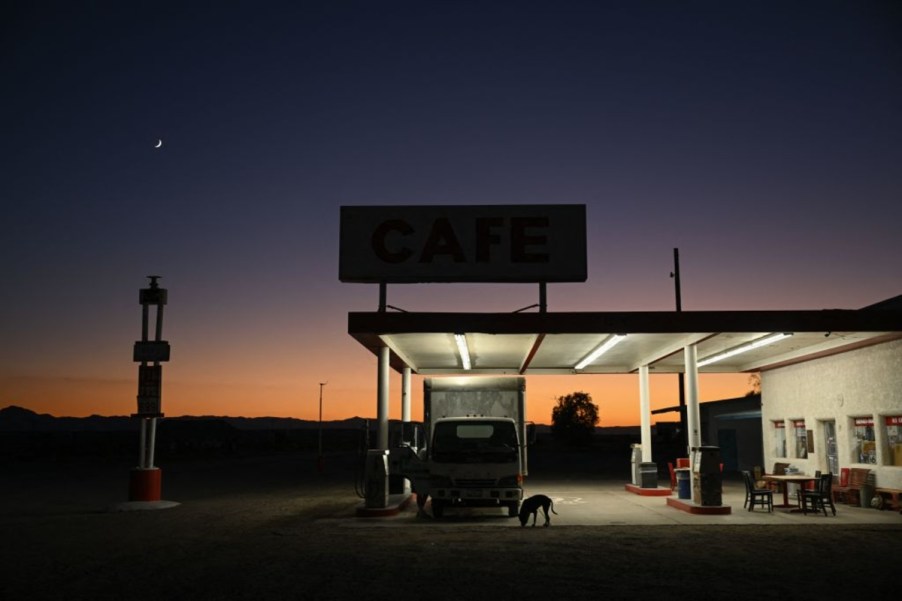
Does It Matter What Kind of Gas You Use?
Everyone has seen the three options for gasoline and one for diesel at the gas station. Many people live their whole lives without ever needing to use anything other than “regular” gas, which is commonly 87 octane. However, the other options have their place, and depending on what car you drive, the other higher-octane fuels can have great benefits and even annoying consequences. So, does it matter what kind of gas you use? Yes, yes, it does.
What do different octane ratings mean?

According to Fueleconomy.gov, “octane rating is the measure of a fuel’s ability to resist ‘knocking’ or ‘pinging’ during combustion, caused by the air/fuel mixture detonating prematurely in the engine. In the U.S., unleaded gasoline typically has octane ratings of 87 (regular), 88–90 (midgrade), and 91–94 (premium).”
Octane ratings are the large black numbers on the yellow buttons that you hit when selecting the fuel you want. Most vehicles in most places only need 87 octane.
What gas should you put in your car?

Most cars are designed to run well on 87-octane gasoline. However, some cars with higher-compression engines might do better with higher-octane gasoline. In some cases, turbocharged cars might actually get more power and better fuel efficiency when running premium gas. For instance, MotorTrend did a study comparing how different kinds of gas performed in a 2023 Mazda CX-50.
The study found that “MotorTrend’s track testing of our CX-50 2.5 Turbo on 91 octane, the Mazda hit 60 mph in just 6.6 seconds…That’s a 0.4-second improvement over the same SUV tested with 87-octane fuel…The 91-octane CX-50 2.5 Turbo finished the quarter mile in 15.1 seconds at 91.3 mph compared to the same SUV, with 87 taking 15.4 seconds at 89.7 mph.”
If you have questions about your car’s preferred fuel, you can check the owner’s manual.
What if I run regular gas in a car that calls for premium?
Running regular gasoline in a car that says it takes premium isn’t a great idea. The car will be able to do it, but it will run worse, be less efficient, and, over time, could cause damage. In older cars and trucks, you might actually hear the engine knocking.
My first car was a 1958 Ford Fairlane. I thought for the longest time that there was an issue with my engine because if I drove for too long and got the car too hot when I went to turn it off, the engine would knock and pop until it slowly died. This happened for a long time until I started running premium. Using the proper fuel fixed the issue immediately.
What cars use mid-grade gasoline?
Mid-grade gas is a funny thing. It kind of doesn’t exist. Thanks to ever-changing EPA regulations, the latest of which was in 2015, most gas stations had to go to only two underground fuel storage tanks. But how can that be? We have three different kinds of gas. Some pumps will mix 87 and 91-octane fuel in real-time, creating a sloppy 89-octane cocktail. If your car prefers premium, but gas prices got you down, mid-grade gas can be used in a pinch. Or you can save a few cents per gallon and fill halfway with regular and the other half with premium.
At the end of the day, the fuel you put in your car matters. The higher the quality of the gas, the better your car will run. Using the proper octane can make a massive change in the way your ride runs. When in doubt, go with what the manual says.





